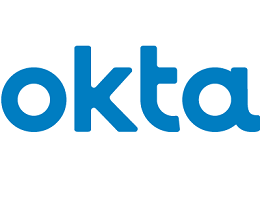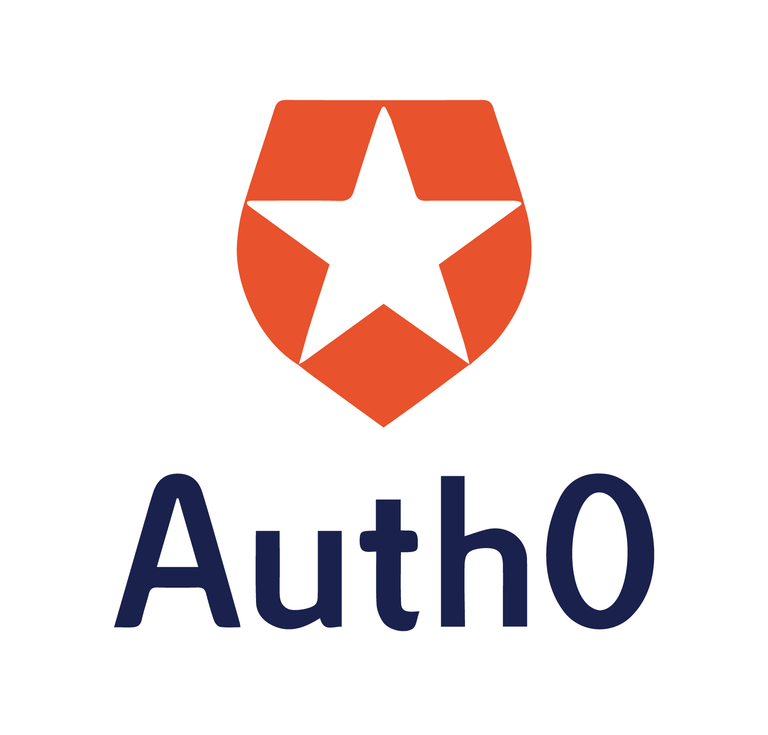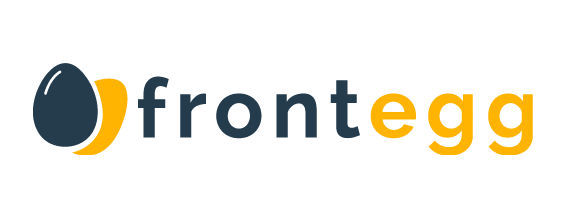SaaS User Management Tools Comparison for 2021
Are you looking for a way to manage users, permissions, and roles on an ongoing basis? Read here about our comparison of SaaS User Management tools.
Join the DZone community and get the full member experience.
Join For FreeSaaS user management, basically, is the process you use to manage users, roles, and permissions on an ongoing basis. This means that you identify, authenticate, and authorize all users for the specific amount of access they’ve paid for or need. If you’re in the market for a user management solution that’s comprehensive, we can help. This tool comparison will focus on the best options for managing users in SaaS applications. This way, you can find the best choice for you. Let’s get started.
No longer can you provide everyone with a super-admin role. These days, user management in SaaS applications is necessary. Before getting started, learn about SSO user management roles and permissions handling in SaaS.
The Best SaaS User Management Options: Okta vs. Auth0 vs. Frontegg
As we mentioned earlier in this article, these aren’t the only options available in today’s market. Chances are, however, that you won’t find other ones that are more comprehensive. Later in this article, we’ll review FusionAuth, the fourth option, as an honorary mention.
Okta
Okta, which helps businesses of every size secure and manages identities and application access, is an identity management service that’s cloud-based. One of its most popular features is its SSO (single-sign-on). This can be used for every app an organization uses. As a result, you can easily sign in to any of your company’s applications with only one password. These might include as Jira, Trello, Gitlab, and Office 365 apps.
Another feature the Okta SIAM solution offers is that it’s easy for devs to create user registrations and logins frictionlessly for their apps. Also available is adaptive MFA or multi-factor authentication. In addition to passwords, you can set up passwordless authentication. SDKs and API implementation and maintenance are easy. There’s also support for more than 10 frameworks and languages. This makes stack upgrades easy.
Other features of this SaaS user account management solution include user migrations, third-party account management support, and centralized user management.
When we say that user migrations are flexible, we mean this. You can easily migrate your company’s user stores into Okta. This is using whichever import method is best for your business. Users can be imported from a directory, database, API, or CSV.
There’s also support available for effective third-party account management. This means you can easily do user management for your and partner organizations.
For example, if a support admin from a separate company is joining your company’s team, you can provide them with temporary access to your company’s support admin
User management is centralized. When you use Okta, you’re able to use one universal directory. With it, you can see every single user and their identities using a single consolidated view. This makes it easy to manage quickly scaling SaaS apps.
Pros
Community, Good documentation, Integration with more than 7,000 apps, Easy to use.
Cons
Complex onboarding and training are required, Expensive when using B2B capabilities that are important; multi-tenancy is not straightforward.
Pricing
Dev SDKs and APIs—Free if you have 1,000 users or fewer, $50 for every additional 2,500 users. Pricing differs for enterprise-grade features. Learn more by looking at their Pricing Catalogue.
Auth0
This authorization and authentication platform is popular among devs. This is because they were the initial target audience of the company. It made it possible for them to integrate both secure access and identity user management in the SaaS applications that were theirs. After this, the Auth0 user management solution was adapted for entrepreneurial use. With Auth0, you get the right balance between security, privacy, and user convenience. You also get identity management.
Another Auth0 feature is that it has an authentication method for usernames and passwords that’s straightforward. There’s also support available for enterprise and social SSO. This helps both employees and users improve their productivity. The SSO interface also provides direct access to every part of the active application suite. As for the dashboard, it’s intuitive and straightforward, which can sometimes mean onboarding times are shorter.
Additionally, because of the drag and drop functionality, building identity flows is easy. Here are some other features you get with Auth0.
You get a hyperactive community and comprehensive documentation. What does this mean? Whatever difficulty you might face, you’ll get the help you need from Auth0’s large developer team.
You’ll also get a lot of attention if you post anything on the Auth0 forums.
You'll also get security. Many security solutions protect you when you use Auth0. These include detection solutions for breached passwords and solutions for set-up authentication.
They also include adaptive MFA (multiple-factor authentication) and bot attack protection.
You also get support for passwordless authentication. Many SaaS users these days are already no longer using passwords. Stay modern by using solutions provided by Auth0. These include magic links, SMSs, and emails.
Pros
Very strong community, Serverless option, High-security protocols
Cons
REST API for logins is not available; login box customization that is full is not available; integration for B2B solution is complex; compatibility with 3rd parties is limited; deep multi-tenancy granularity is not available
Pricing
The B2B Essentials package is available starting at $130 monthly (this includes MFA). As for the B2B Pro package, this starts at $800 monthly and offers coverage of external databases. Learn more by looking at their pricing information.
Frontegg
Frontegg, a next-gen platform, helps SaaS companies and developers build their products faster. It provides pluggable components that are functional and out-of-the-box. As a result, their customers can focus only on the building of what it is that makes their product unique. One of these components is user authentication. Another is user management. Many others will soon be available.
They provide a user management admin portal that’s customer-facing and plug-and-play. They also make it possible to centralize your user management capabilities all in one place. Thus, Frontegg is a SaaS user management solution that is end-to-end. Management capabilities include subscriptions, API tokens, webhooks, audit logs, and team management.
Frontegg’s main features are as follows: It is, by design, multi-tenant. Small apps that are quickly scaling up and enterprise-sized businesses can use Frontegg. Because of the multi-tenant design, the data is separated based on the particular tenant in use.
Management is self-service. In the SaaS space, many players are now using a methodology that’s self-service-based. With Frontegg, you get this through the self-service Admin portal embedded in the app. It provides you with the login and authentication features needed.
User management solution is versatile. With Frontegg, you get both backend and frontend (such as customer-facing UI) bases covered. You also get an approach that’s API-first and documentation. Integration is easy, too.
Pros
Great fit for B2B apps, Customizable UI, Plug-and-play, Self-service, PLG-friendly
Cons
Social logins are limited. The company is relatively new.
Pricing
For 30 days, you can get a free trial with all the features unlocked. Growth plan packages are available starting at $499 monthly. To see more details, take a look at their pricing page.
Okta vs. Auth0 vs. Frontegg
These different solutions vary in terms of multi-tenancy, pricing, social logins, and plug-and-play. In terms of multi-tenancy, Okta is limited/complicated, Auth0 lacks granularity, and Frontegg is complete. In terms of pricing:
- Okta is expensive
- Auth0 is expensive
- Frontegg is flexible
As for social logins, Okta and Auth0 are strong. Frontegg is limited. When it comes to plug-and-play, Okta and Auth0 don’t have this feature available. However, it is available when using the Frontegg solution.
Honorary Mention: Fusion Auth
Even though Fusion Auth isn’t technically a solution that’s enterprise-level, it is a capable identity and access management tool. It’s easy to integrate with many frameworks and languages. This is because it was designed with tech teams and developers in mind. As a result, you can deploy it in only minutes. It also has the flexibility needed for handling multiple use cases.
You get maximum visibility from its centralized dashboard. This means you can easily access detailed reporting and configure groups. There’s also an active community and extensive documentation. However, customer service is sometimes slow. Family support and COPPA are also available. This means you get emailing capabilities that are built-in. Additionally, you get a family management system that’s comprehensive.
Pros
Attractive pricing; many useful features; a great deal of customizability
Cons
Customer service is iffy; not a suitable option for enterprise setups
Pricing
A free trial isn’t available. The plan, which is basic and cloud-based, starts at $75 monthly. To get more details, check out their pricing page.
Look For Versatility, Scalability, and Flexibility
Considering that there are many other options out there for SaaS user management, you need to research to find out which solution is best for you. Whichever one you end up choosing, it has to have certain features such as being versatile, compliant, and secure. They should also offer multi-tenant capabilities and supporting self-service.
User management and identity provisioning are the key features of most SaaS apps. However, you’ll save time by using any of the solutions discussed above. This is a better alternative to having to slowly build up.
You can save time, focusing instead on building the features that make your product unique. This is where Frontegg is the best solution. This is because it begins to gain an edge over competing solutions.
Opinions expressed by DZone contributors are their own.




Comments